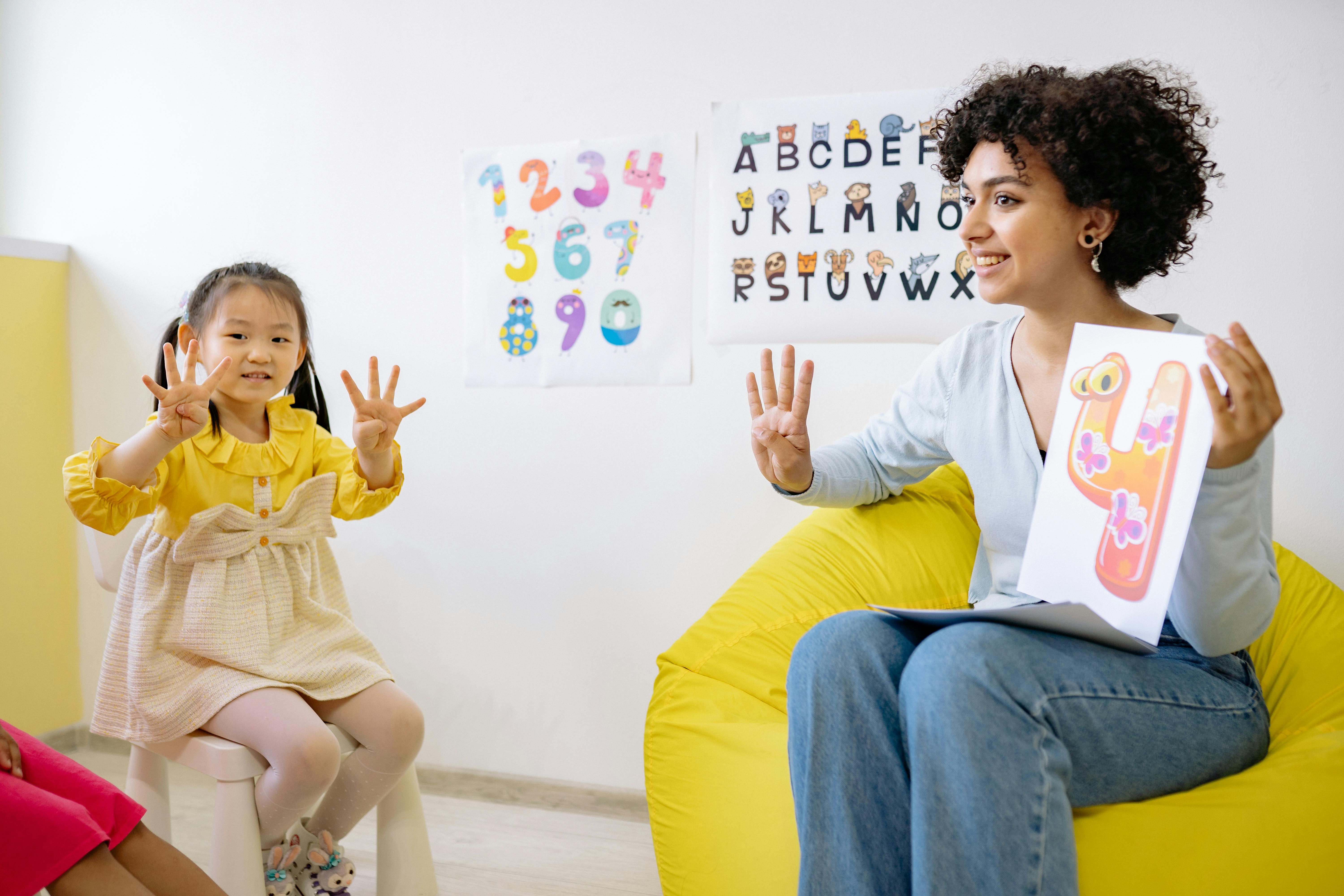Forget checklists, cultivate care: School leaders, ditch the outdated safeguarding model. Empower teams, prioritize mental health, and embrace tech-driven training. Build a vibrant school culture where every student feels safe, supported, and ready to thrive. This isn't just about safeguarding; it's about unlocking their full potential.
For school leaders, safeguarding transcends checklists and procedures. It's about building a vibrant culture where student well-being flourishes. While robust policies and procedures remain crucial, they falter without genuine care, proactive intervention, and a laser focus on mental health. Let's delve into why we need to move beyond the traditional model and embrace new safeguarding approaches.
Traditionally, safeguarding has been reactive, responding to incidents after they occur. This reactive approach needs an overhaul. We must build resilience in young people through social-emotional learning programs and early intervention strategies that identify challenges before they escalate. Partnering with external mental health professionals provides targeted support to students facing difficulties beyond the classroom, strengthening their emotional well-being and ability to learn. Additionally, prioritising a whole-school approach empowers all staff to be vigilant, recognize concerns, and report appropriately. This creates a safety net where every member of the school community plays a vital role in safeguarding students.
The immense responsibility of safeguarding leads often goes unrecognized. Recognizing this emotional and professional burden, we must consider teams with distributed expertise and shared workloads. This not only lightens the individual load but also leverages diverse perspectives and strengthens the safeguarding response. Investing in their professional development is paramount. Equipping them with trauma-informed practices, online safety knowledge, and cultural competency skills enhances their ability to effectively support students and navigate complex situations. Additionally, dedicating time and resources ensures they can fulfil their crucial role without feeling overburdened. Leadership drives culture change. Visible commitment from senior leaders is key.
They must actively participate in training, champion safeguarding initiatives, and model open communication. This sets the tone for the entire school community. Challenging the "see no evil" mentality is crucial
We must encourage proactive reporting, investigate concerns thoroughly, and create a safe space for staff to raise issues without fear of judgment. Finally, embracing data-driven decision-making allows us to assess the effectiveness of our strategies and adapt them based on real-world insights. This ensures our safeguarding approach remains dynamic and responsive to evolving needs.
Training beyond the checkbox is essential for lasting impact. Move away from one-off sessions and opt for blended learning that incorporates role-playing, case studies, and ongoing mentorship. This active and engaging approach allows participants to practice real-world scenarios and receive support from experienced colleagues.
Additionally, technology can be a powerful tool. Simulations, virtual reality experiences, and interactive platforms offer immersive learning opportunities that enhance understanding and retention. Finally, foster peer-to-peer learning initiatives. Empower experienced staff to coach and support colleagues, fostering a collaborative culture where knowledge and best practices are readily shared.
Safeguarding extends beyond the school walls. We must understand the impact of online environments and equip students with digital literacy skills and safe online behaviours. Collaborating with community partners like families, social services, and law enforcement builds a support network that addresses extra-familial harms and ensures students receive comprehensive support.
Additionally, cultural sensitivity is crucial. Recognising the diverse backgrounds and experiences of our students allows us to tailor our approach and ensure all feel safe and respected within the school community.
Safeguarding isn't just about ticking boxes; it's about cultivating a culture of care and proactive protection. By prioritising mental health, empowering safeguarding leads, fostering leadership commitment, and embracing innovative training models, we can create schools where every student feels safe, supported, and able to thrive.
Written by: Austin Farwell, Professor of Theatre, Taipei American School


